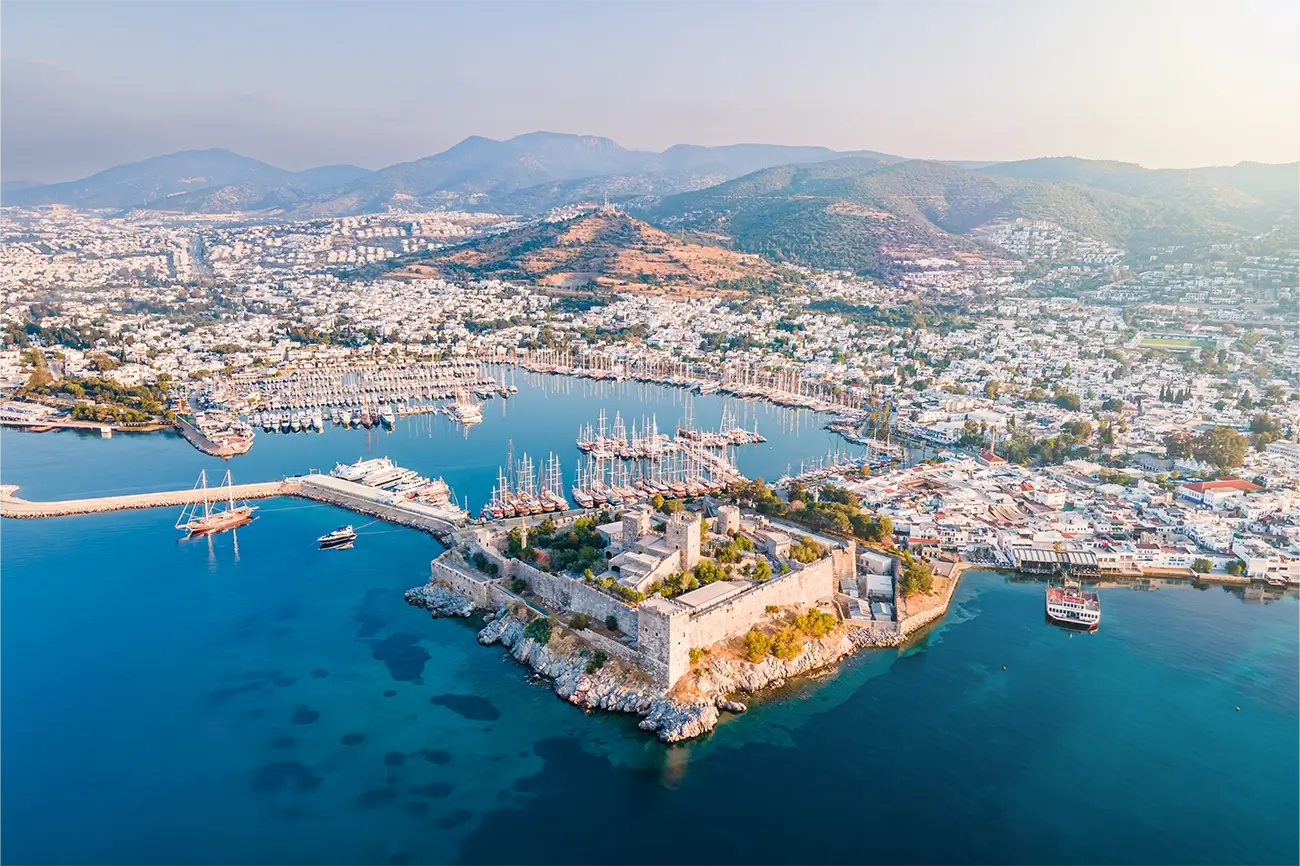
13 Nov BODRUM
According to Herodotus, known as the
“Father of History”, Bodrum was founded by the Dorians. Later, the
Carians and the Leleges settled in the area. In 650 BC, the Megarians arrived
and expanded the city and changed its name to “Halicarnassus”. Bodrum
came under Persian control in 386 BC. Halicarnassus experienced its brightest
period in 353 BC when it became the capital of the Carian region. During this
time, the Mausoleum, one of the Seven Wonders of the Ancient World, was built
in honor of King Mausolus by his sister and wife, Artemisia.
In 192 BC, Bodrum came under Roman
control but did not experience significant development during this period. It
came under the rule of the Byzantines in 395 BC, of the Turks in the 11th
century, of the Byzantines again during the First Crusades, and back of the Turks
again in the 14th century. In 1407, Bodrum was taken by the Knights of Rhodes,
and it became part of the Ottoman Empire in 1523 during the reign of Suleiman
the Magnificent. After the establishment of the Republic, the city was named
“Bodrum.”
Main
Historical and Archaeological Destinations
Bodrum Castle and Bodrum Underwater Archaeology Museum
Bodrum Castle is a historical structure
built by the Knights of Saint John in 1407. During the Ottoman period, the Castle
served as a military base and prison. It was opened to visitors as the
“Bodrum Museum” in 1964 and was renamed the “Bodrum Museum of
Underwater Archaeology” in 1981. This museum, representing a first in
Türkiye in the field of underwater archaeology, is one of the few examples
worldwide. Bodrum Castle continues to be a centre of attraction for local and
foreign tourists with its historical and architectural significance and
magnificent view.
Bodrum Mausoleum/Mausoleum of Halicarnassus
The Mausoleum of Halicarnassus, built
in honor of King Mausolus by his wife and sister Artemisia, is considered one
of the Seven Wonders of the Ancient World. This grand tomb is notable for its
combination of Greek architectural columns and the pyramid-shaped roof of
Egyptian architecture. The term “mausoleum” has become a general term
for similar monumental tombs due to the significance of this structure. Mausolos,
the satrap of Caria, probably started the construction of the Mausoleum in 355
BC. After his death in 353 BC, his wife
and sister Artemisia continued the work, and following her death in 351 BC,
Mausolus’ other siblings carried on with the construction. It is believed that
the project was left unfinished around 340 BC due to the satrapal struggle between
Pixodarus and Ada.
Ancient Theatre / Bodrum Ancient Theatre
Bodrum Ancient Theatre is one of the
most significant archaeological remains from the Hellenistic period and
represents an important part of Bodrum’s historical heritage. With an
impressive capacity of approximately 13,000 spectators, this theatre is notable
for its size and structure. It consists of three main components: the Stage,
the Orchestra, and the Seating Area.
Myndos Gate
The Myndos Gate, one of the two main
entrances to Halicarnassus, is located in the western part of Bodrum. This gate
marks the point where the road leading to the capital reaches today’s town of Myndos.
Only the remains of the walls have survived to this day. Alexander the Great
entered the city through this gate in 333 BC during his siege of Halicarnassus.
Facing strong resistance, Alexander ultimately conquered Halicarnassus but
destroyed all structures except for the Mausoleum.
Ottoman Shipyard
The Ottoman Shipyard is located in
northwest of Bodrum’s harbor, the west of Karada Marina. Today, behind the old
shipyard, there is an Ottoman cemetery that contains the tombs of the Nameless
Horseman and the Ottoman Mariner Cafer Pasha.
It is estimated that the Bodrum
Shipyard was established in 1115. According to archival documents, the first
ship built in Bodrum was launched in 1784, with the wood for the vessel sourced
from the mountains around Bodrum.
Today, small-scale shipyards scattered
throughout the Bodrum Peninsula produce wooden boats that generate significant
interest and enthusiasm among both local and foreign maritime enthusiasts.
Main
Bays and Beaches
Torba
Torba is a peaceful village located 5
km from Bodrum. At this charming bay, where the green of pine and olive trees
meets the clear sea, boat tours are available to such destinations as Didim,
Miletus, and Priene. Torba stands out for both its natural beauty and places to
visit.
Göltürkbükü
Gölköy, located in 13 km north of
Bodrum, is a region notable for its natural beauty. This natural wonder, where
pine, mandarin, and palm trees meet the cool sea, stands out with its rich
vegetation and peaceful atmosphere.
Gündoğan Bay
Gündoğan Bay is located 18 km from
Bodrum and is a region that has preserved its natural beauty. This bay, with
minimal human intervention, is renowned for its mandarin orchards and stands
out for its pristine natural charm.
Yalıkavak
Yalıkavak is a village located in 18 km
from Bodrum, on the northwest of the peninsula. Known for its windmills, clean
sea, fresh fish, and citrus fruits, Yalıkavak is also notable for being the
home of some of the most renowned sponge divers.
Recommended
Activities
Bodrum International Jazz Festival
(Summer Season)
The Bodrum Cup (Autumn Season)
International Bodrum Ballet Festival
(Summer Season)
Marinas
and Ports/Airports
Bodrum has 6 private marinas and 5
public ports.
Possible transportation to
Bodrum-Milas-Yatağan-Kavaklıdere-Menteşe and Ula districts via Milas-Bodrum
International Airport.

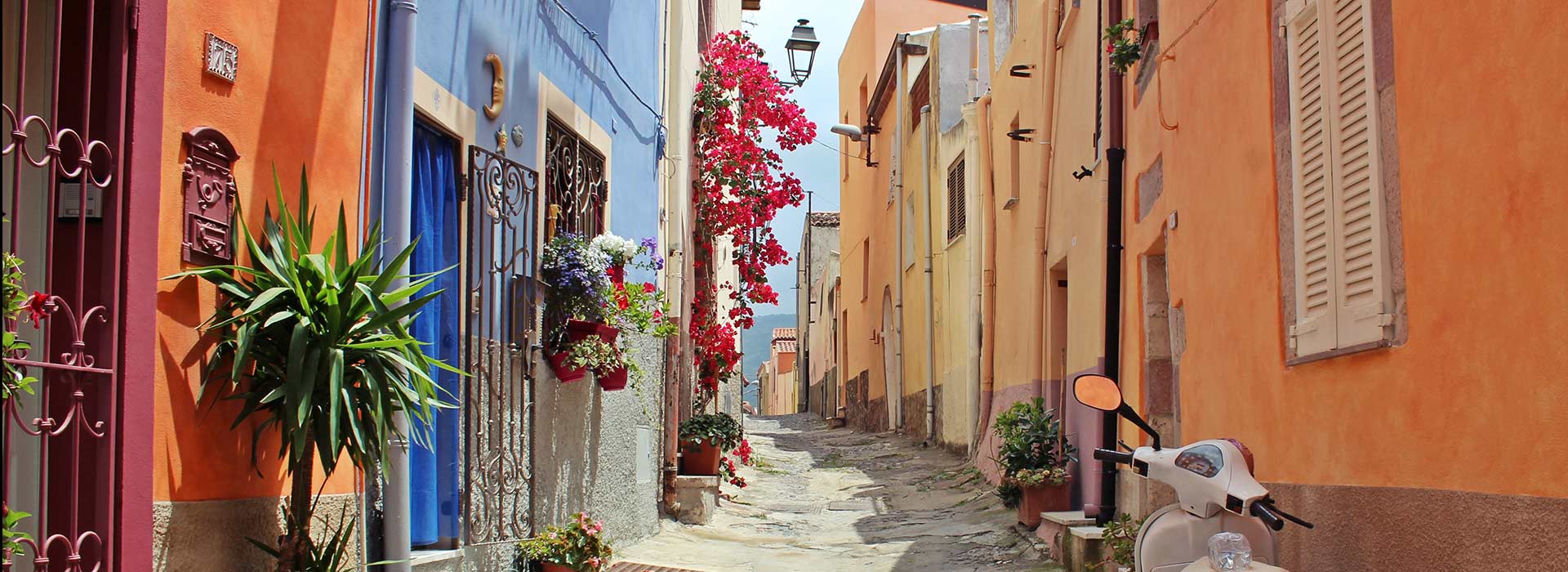
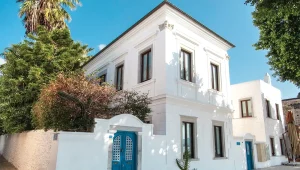
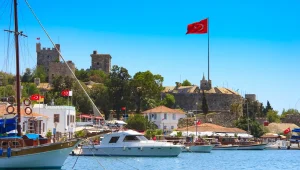
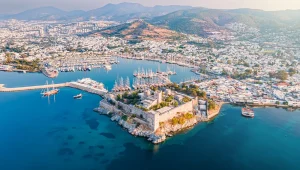
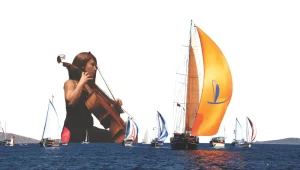
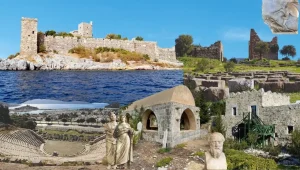
Sorry, the comment form is closed at this time.